Known as Baker Village today, it consisted of about 15 structures with one large main house and several small pit houses and granaries.
Pick up a booklet at the kiosk to learn more details about the site. The path to the village is clearly marked.
Baker Village was excavated by archeologists from Brigham Young University in 1991 to 1994. This plaque (set in cement) was installed to mark the grid used to map the site. All features (foundation, walls, pits, artifacts) were plotted along the grid.
The community practiced agriculture (and likely hunted in the mountains). Similarities in their pottery patterns, basket-weaving techniques, and artwork have been found with the Fremont culture who lived along the Fremont River in Utah. This distinguishes these people from the Anasazi (now called Ancestral Puebloans) of the Mesa Verde region.
When the excavation was completed, the site was backfilled to protect the remaining features. Caps were built upon the buried walls to protect them from further erosion. These are the foundations we can see today here.
Artifacts found here can be seen at the BYU Museum of People and Cultures in Provo, UT. The archeological site is managed by the Bureau of Land Management.
While I was reading about the site, our sweet doggie, Sadie, was having a blast chasing the large lizards in the desert here.
She has no chance of catching one as they are too fast for her (and they scoot down into their burrows). Here she is kicking up some dust trying, though...
In addition to the lizards, we saw lots of hawks in this area.
This was an interesting little side trip close to our RV park. And it’s always fun for Sadie to get to run around exploring new sights and smells.
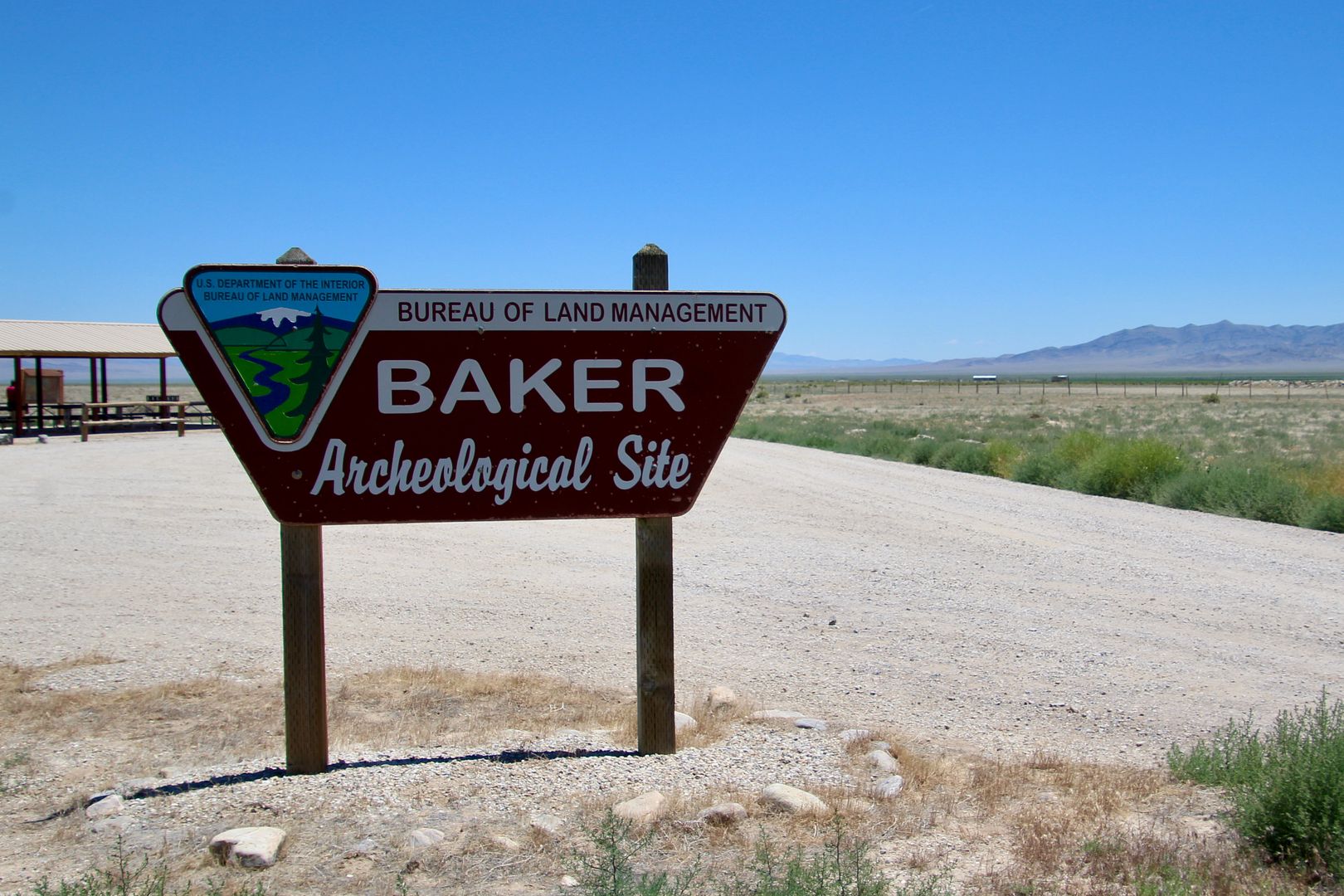
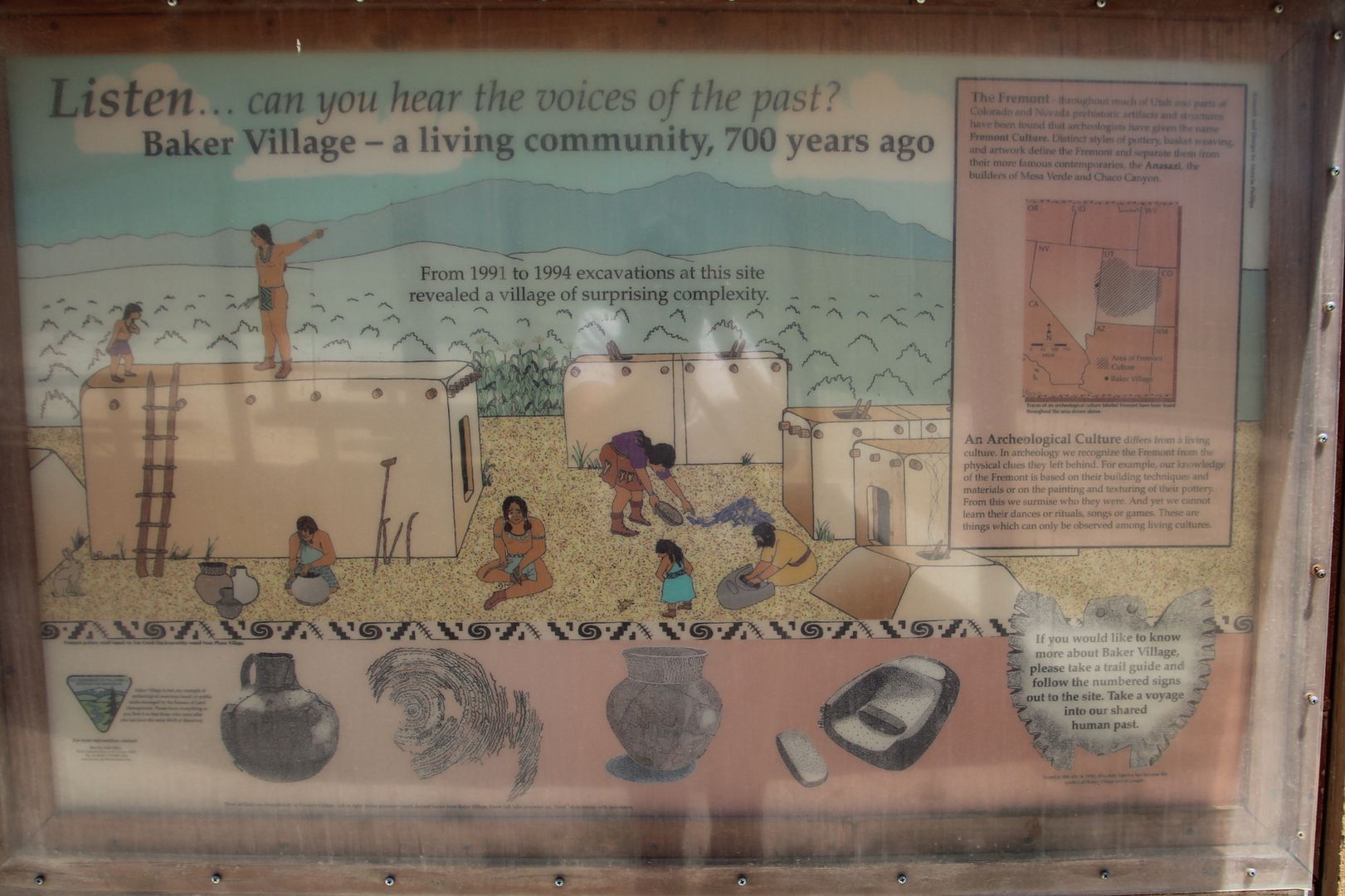
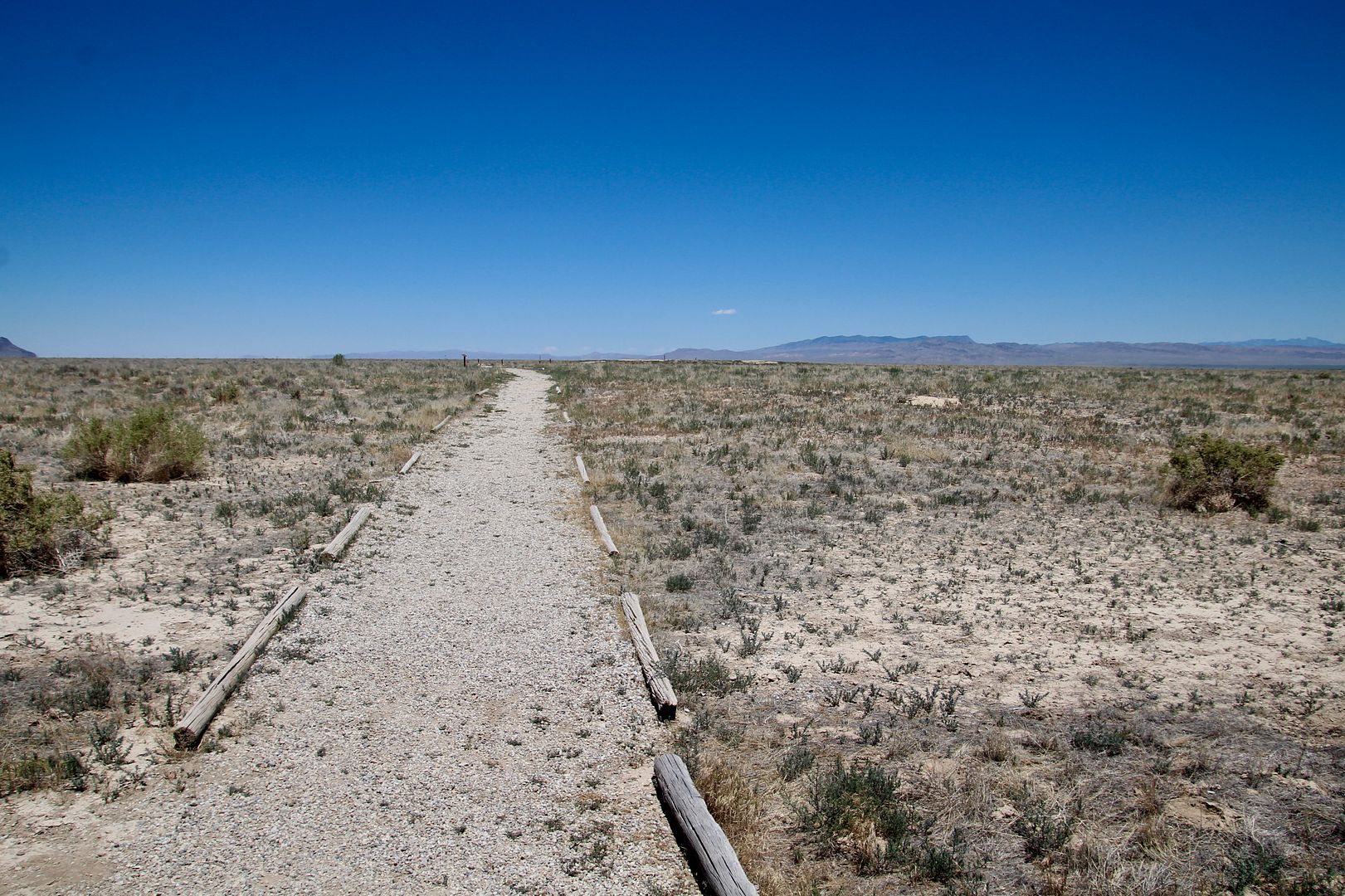
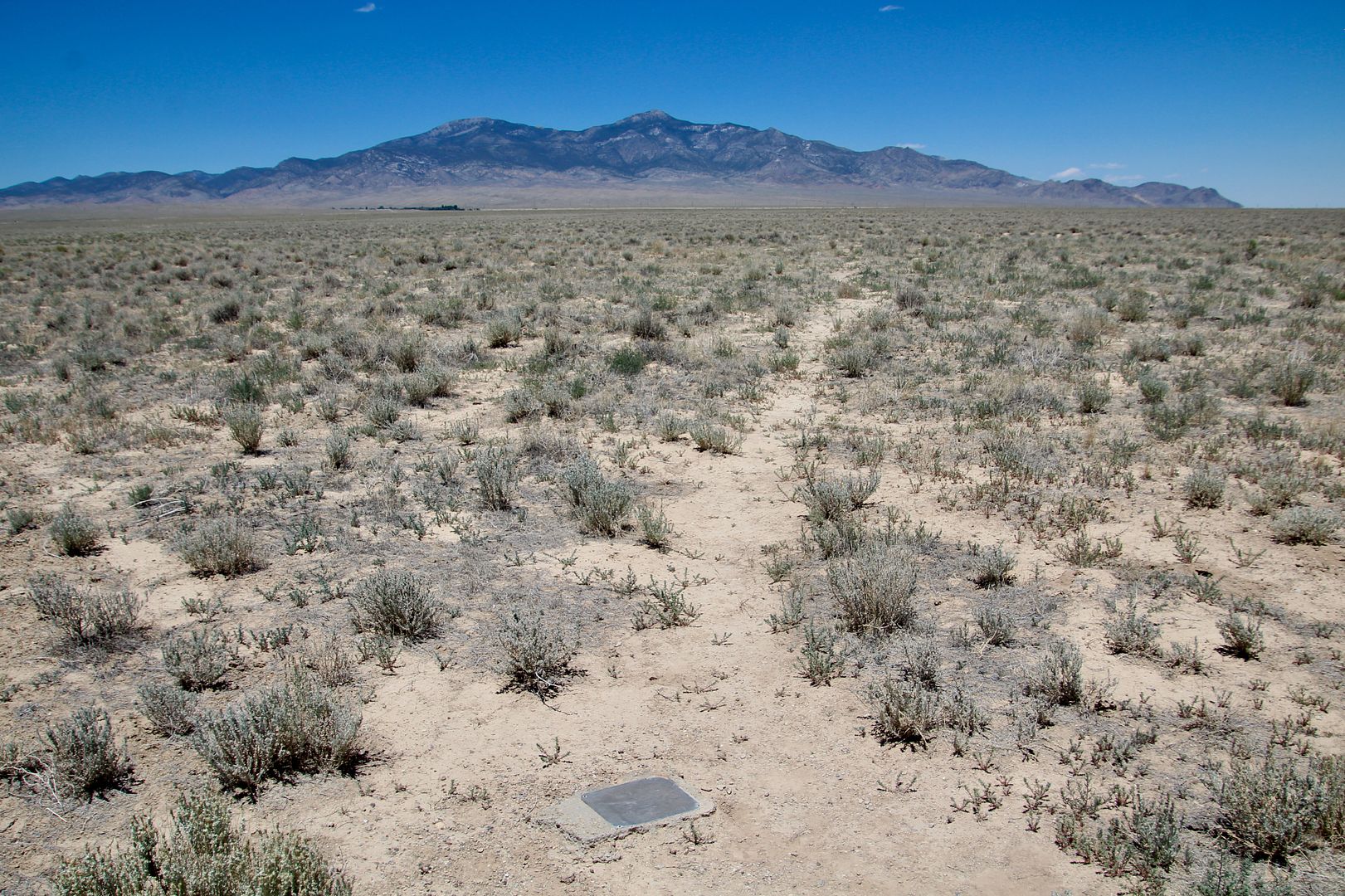
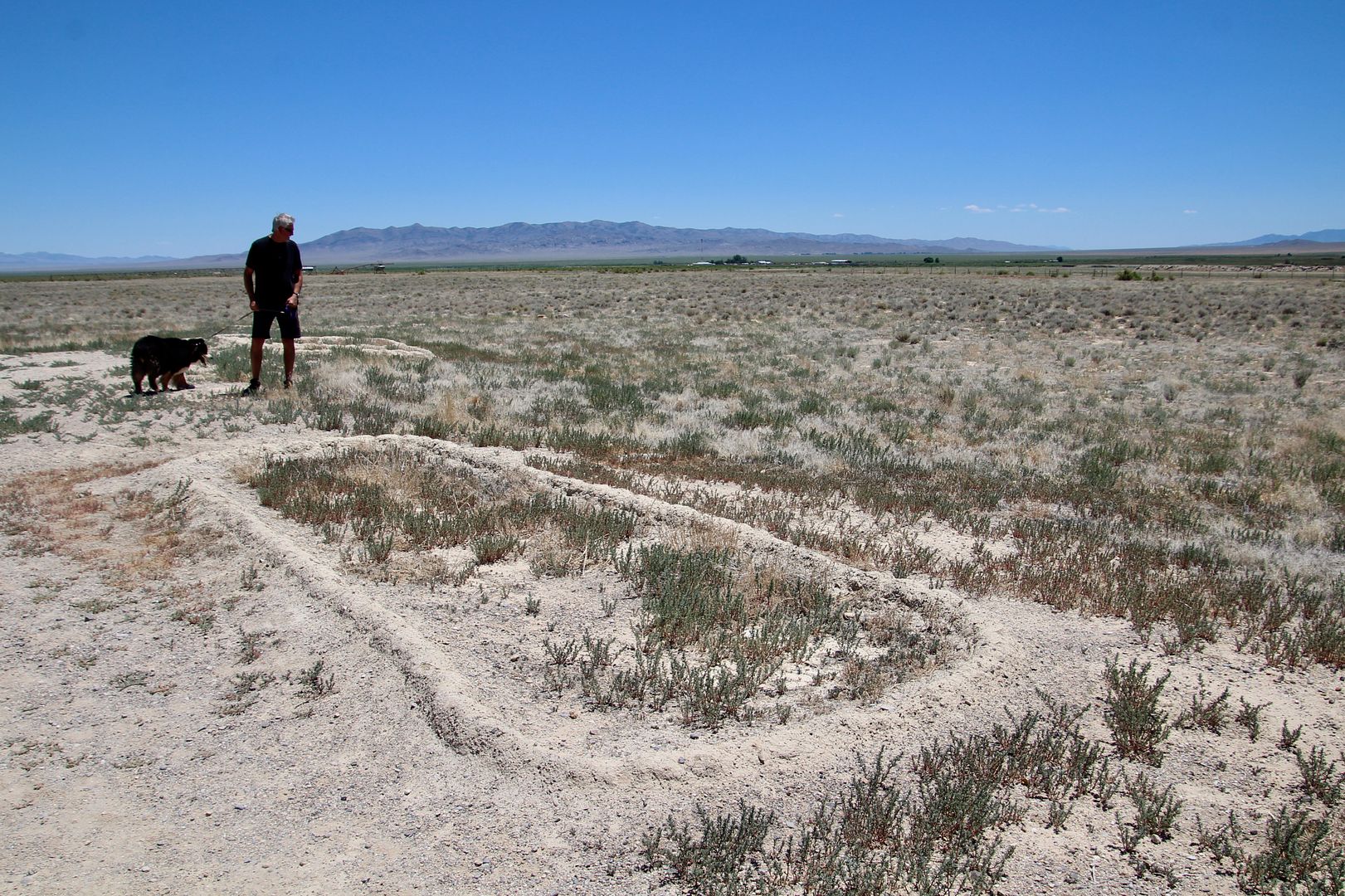
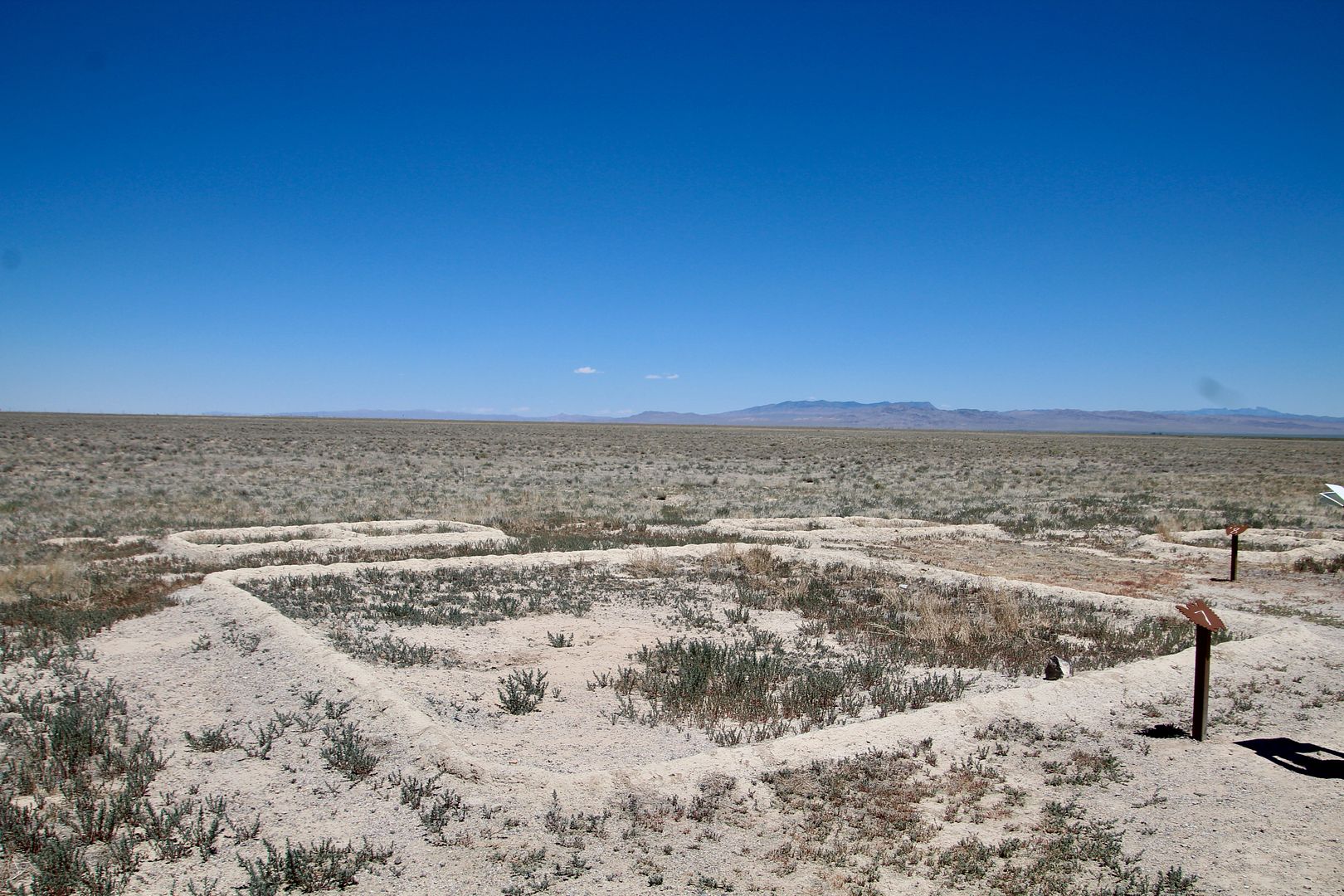
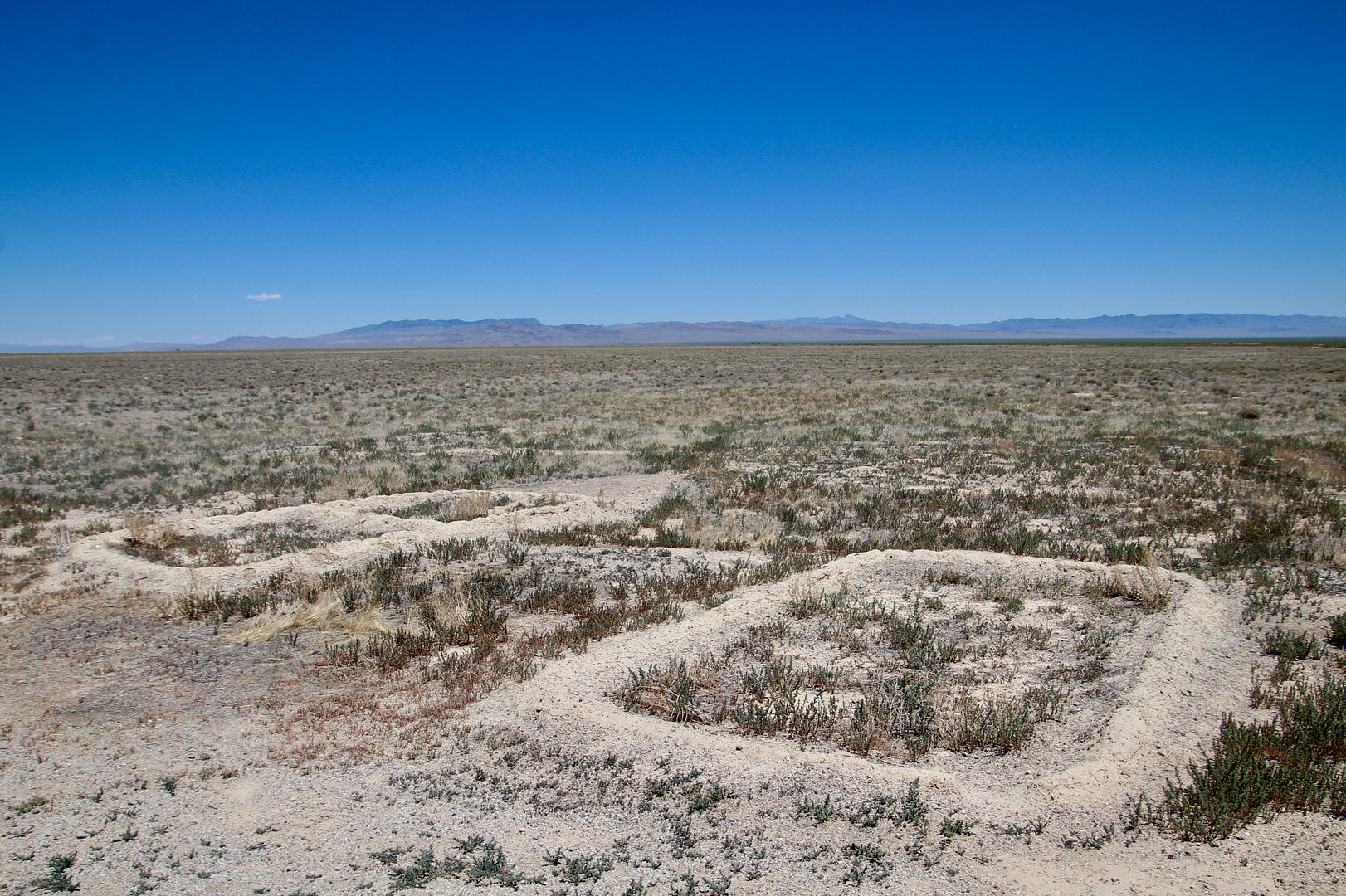
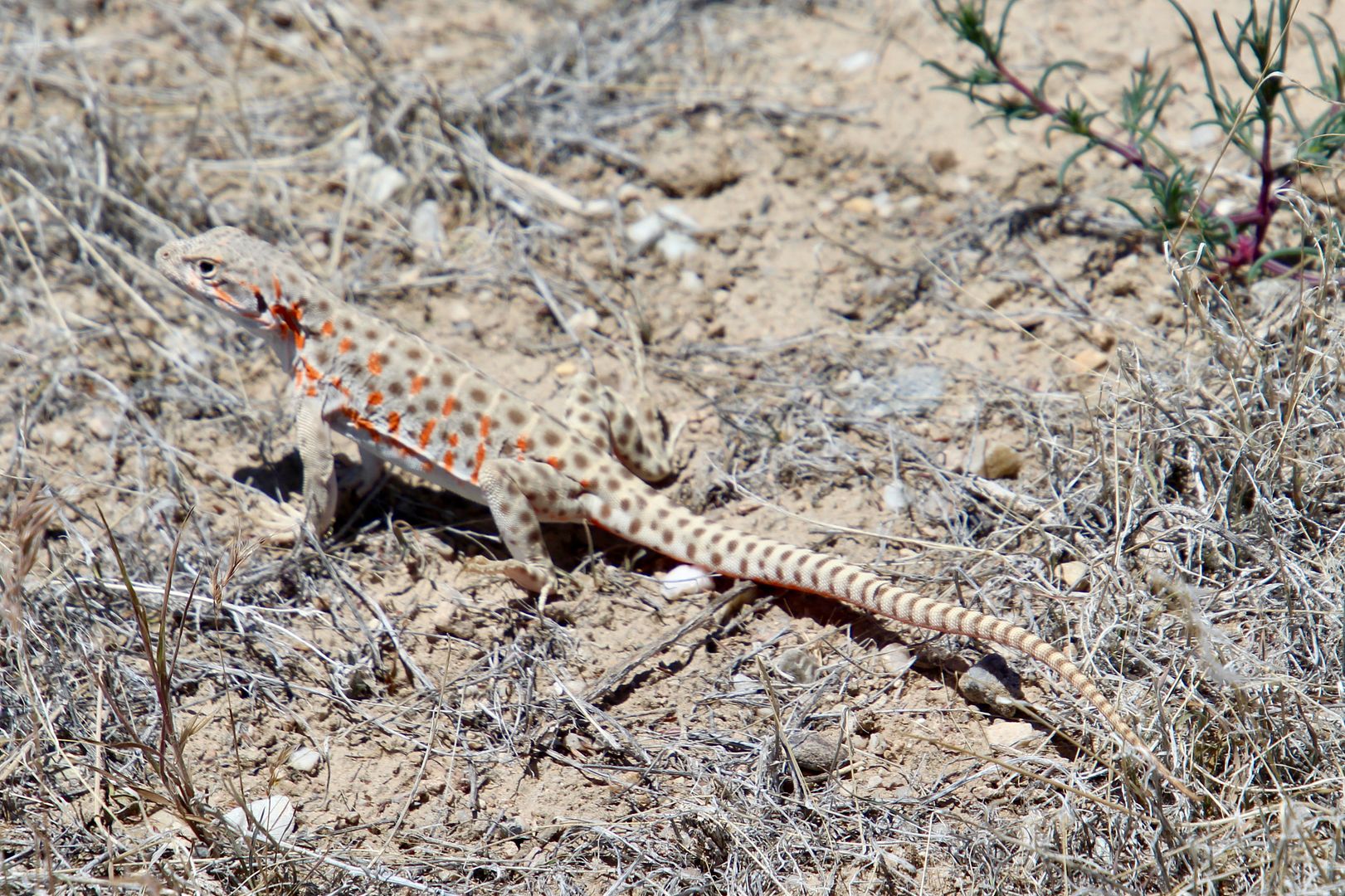

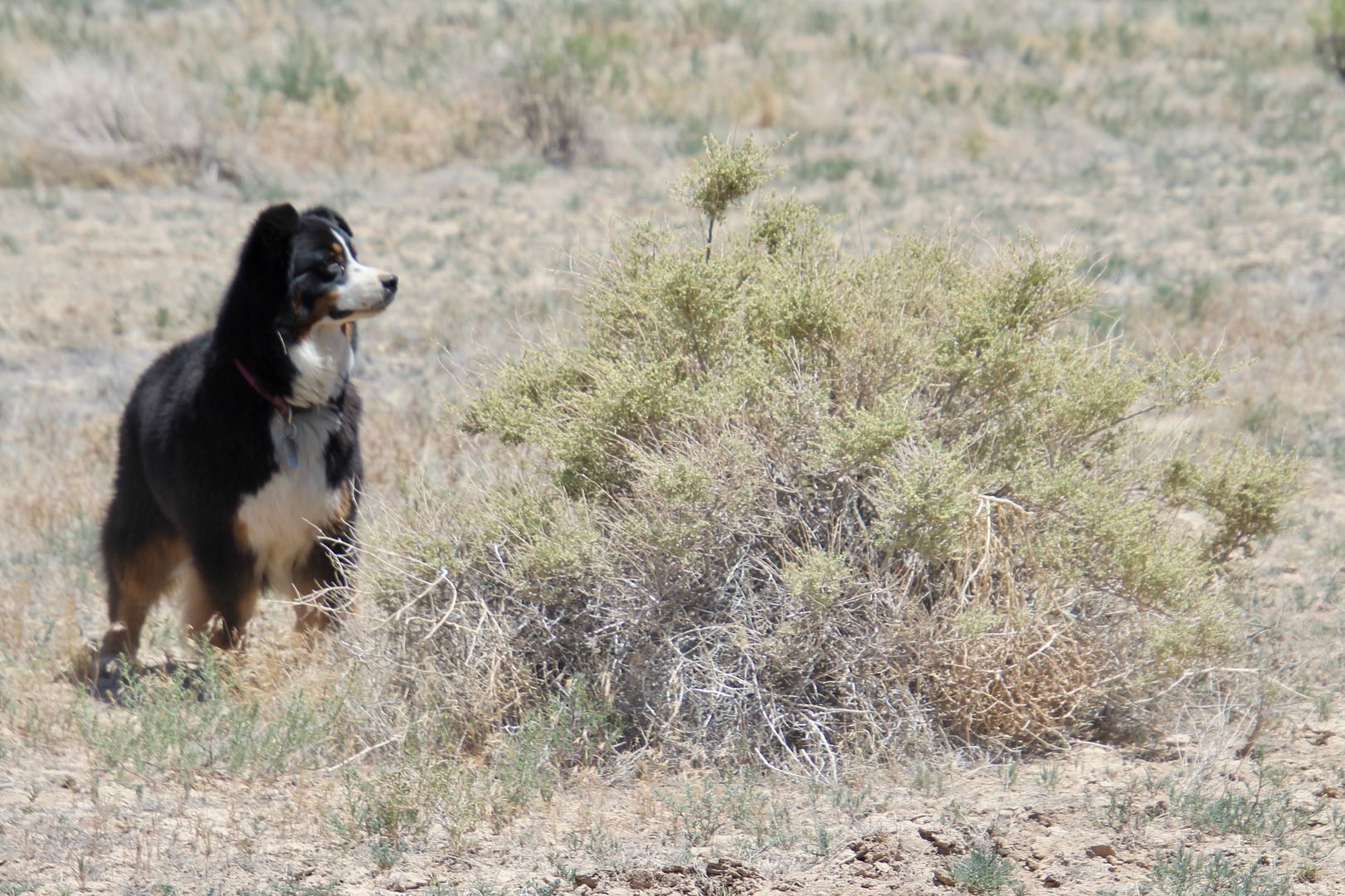
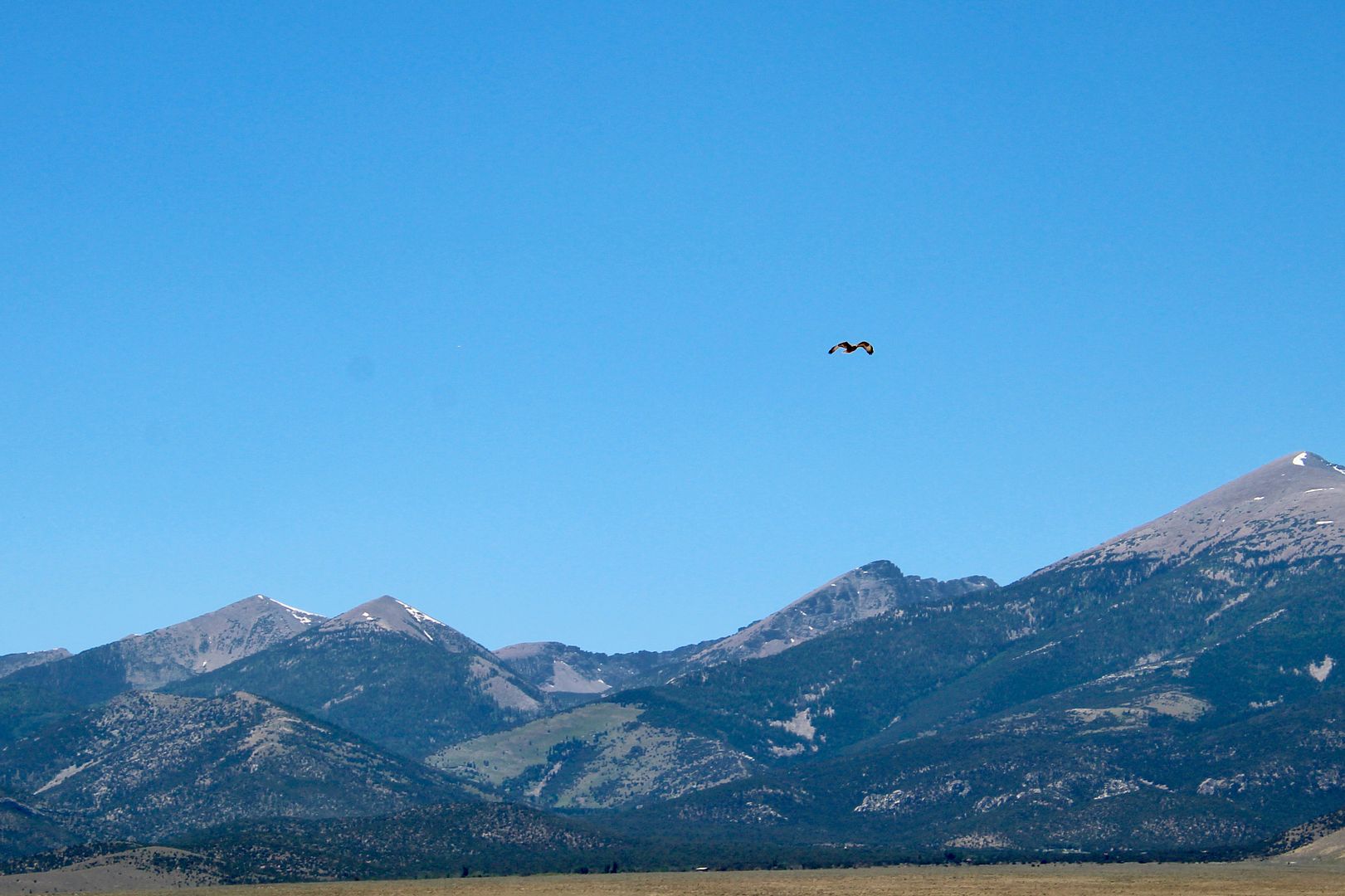
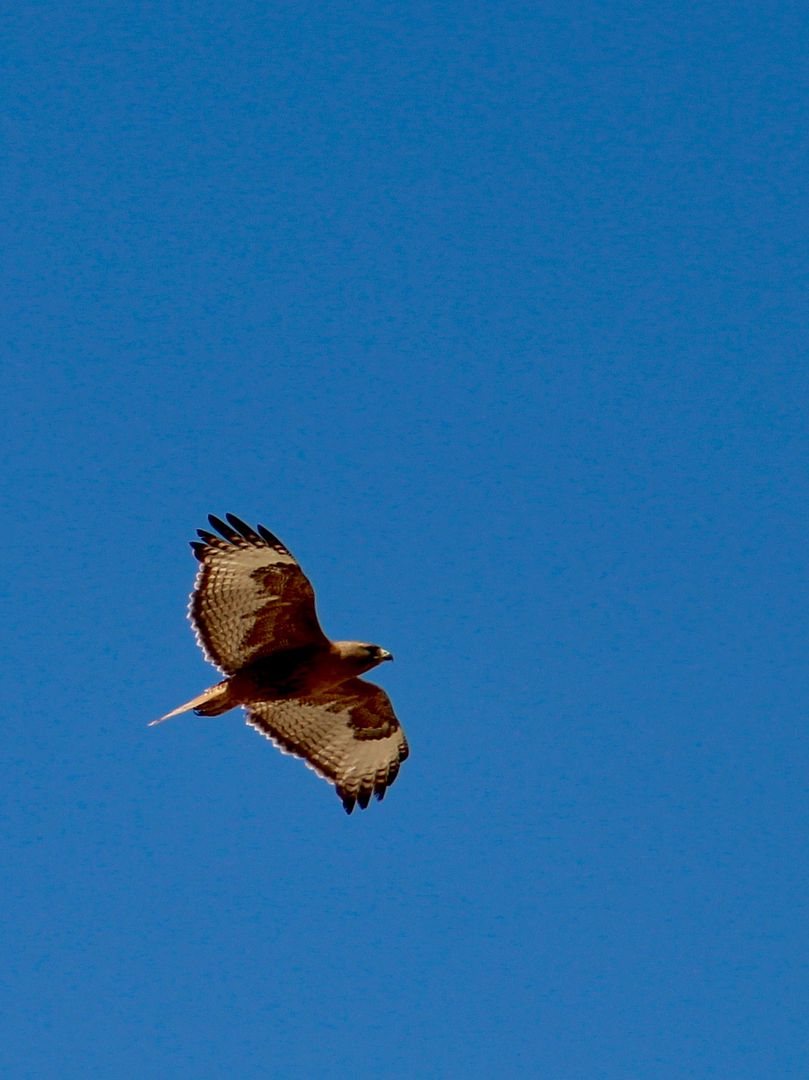
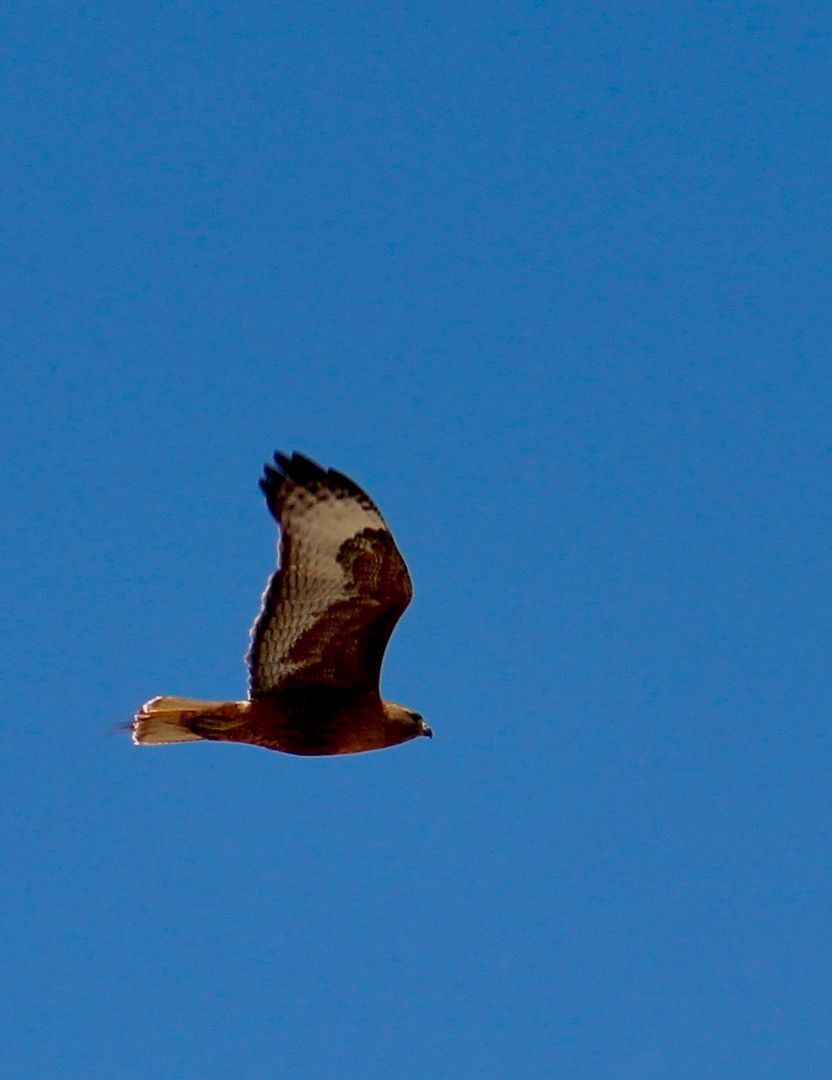
No comments:
Post a Comment